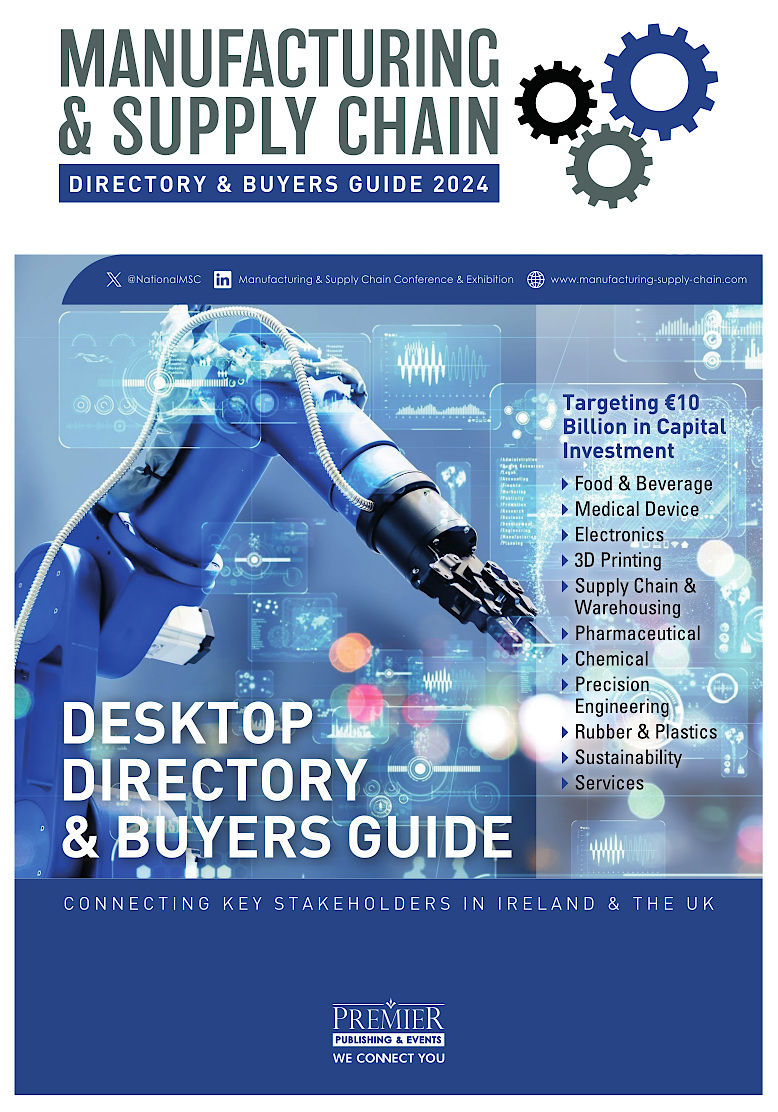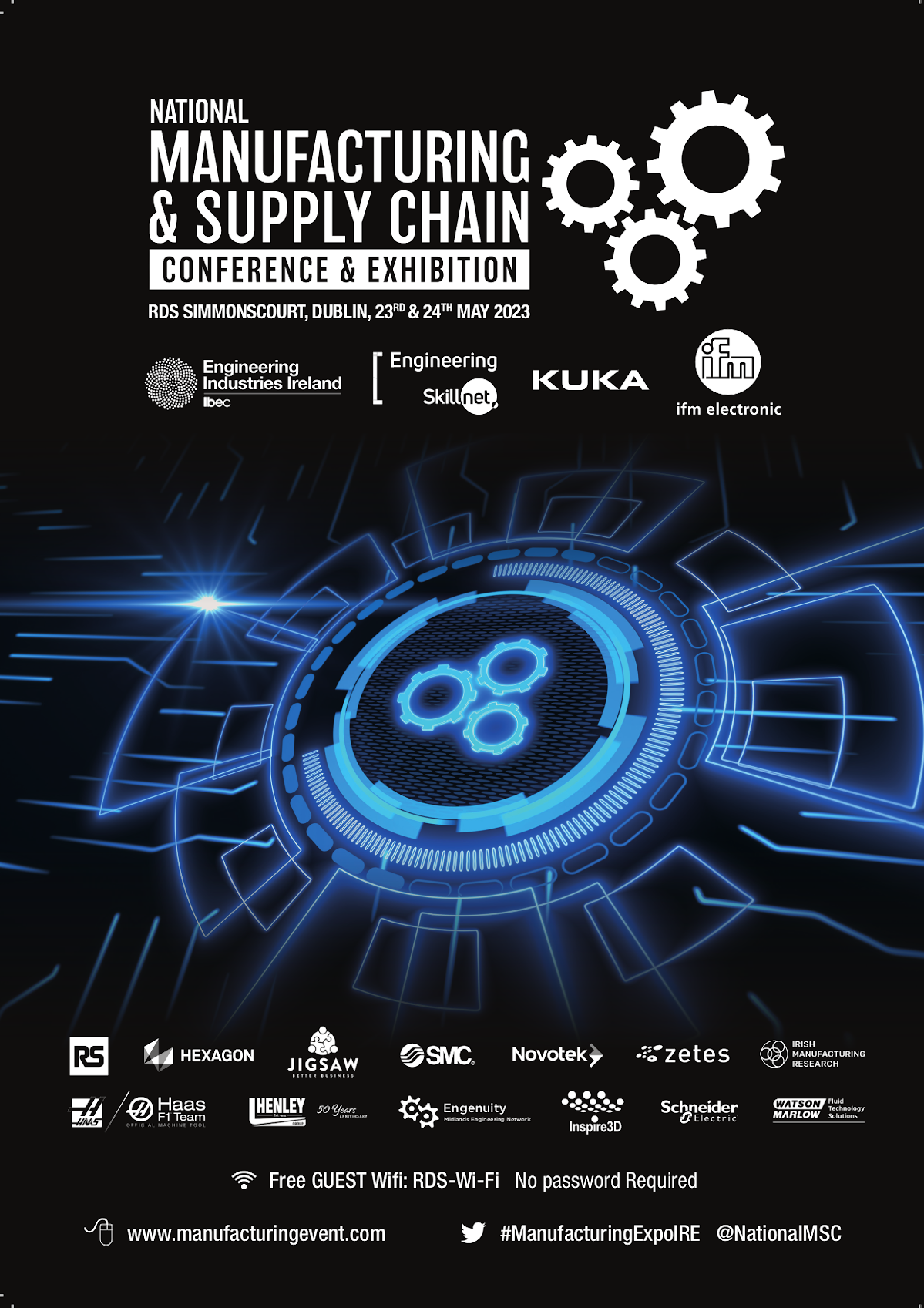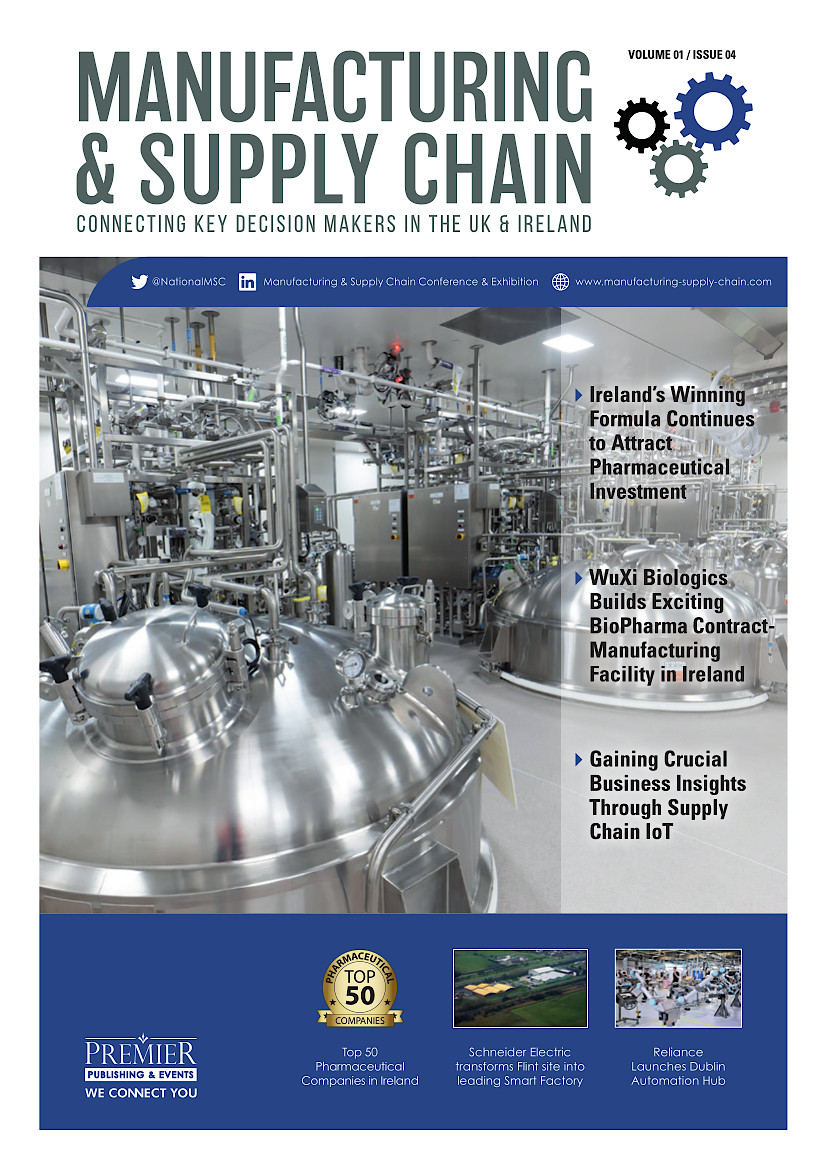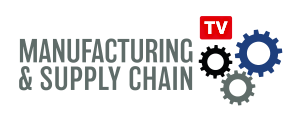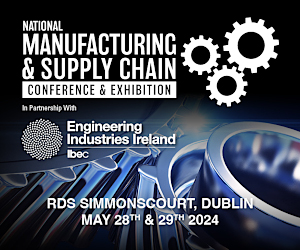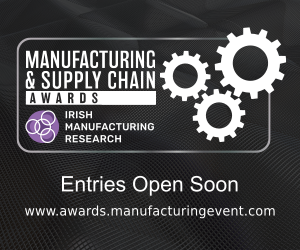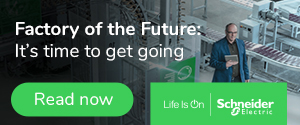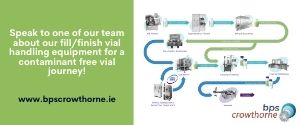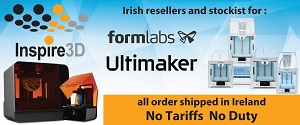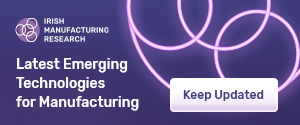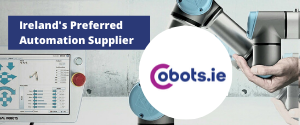TSM’s Shane O’Callaghan: ‘The key to IIoT is to keep it beautifully simple’
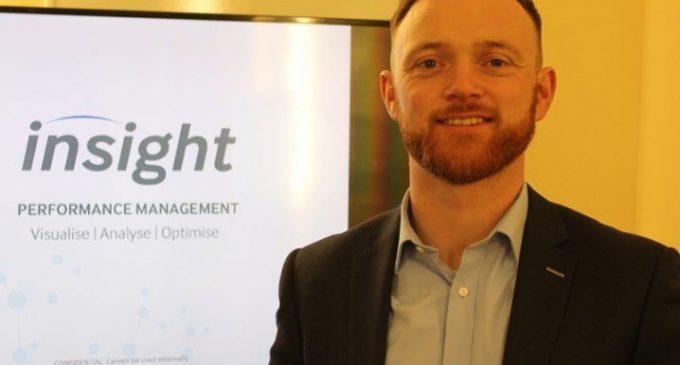
The rise of industry 4.0 and the industrial internet of things presents lots of unexpected business opportunities, says TSM Control Systems’ Shane O’Callaghan.
Shane O’Callaghan is business unit leader of Insight at TSM Control Systems. He joined the company in 2008 as a business analyst and then became sales manager for Europe.
TSM Control Systems was founded in 1976, when it introduced the first width controller to the production process industry.
‘As a result of having connected products, we are in the early stages of exploring new business models for our traditional machinery offering’
– SHANE O’CALLAGHAN
Now, with its headquarters still in Ireland, it has grown substantially with regional offices in US, Taiwan and China, supplying to customers across 74 countries with more than 10,000 blending and control systems.
These units enable their clients to achieve the precise tolerances that their production processes demand.
Can you outline the breadth and scope of the technology roll-out across your organisation, and what improvements it will bring to the company?
IoT-based [internet of things] technology is the foundation for a whole new business opportunity for TSM from our existing customers and install base; it is transforming our products’ value to clients. The demand in the marketplace is for increased visibility and measurability of production process.
IoT technology has the potential to vastly increase interoperability between devices, systems, plants and enterprises at a fraction of the cost when compared to previous approaches. This new enablement directly aligns facilitating the growing market demand for increased visibility and understanding of what’s happening on the shop floor in real time.
We envisage this new technology to have a revolutionary effect within the plastics industry, from efficiency gains to business model transformation. TSM believes that industry 4.0 adoption will be essential for machinery manufacturing in the future, so much so that we have a dedicated business unit established for this new wave of IoT tech, called Insight.
What are the main points of your company’s IT strategy?
Insight’s primary focus is to deliver operational expenditure cost reductions and productivity gains from enhanced real-time data, visualisation, analysis and optimisation to plastics producers.
This is done by connecting previously standalone business systems such as enterprise resource planning and manufacturing execution systems with devices across the manufacturing floor in real time. This interaction is enabled by PTC’s cloud-based IoT application and development platform ThingWorx.
The cloud-based architecture approach brings all the benefits of cloud computing to manufacturing operations in a fast, cost-effective manner unrivalled by traditional enterprise-based systems.
Can you give a snapshot of how extensive your IT infrastructure is?
We have strategically partnered with PTC, through PTC reseller Concurrent Engineering Ltd, to utilise ThingWorx as our IoT platform to facilitate our application development for cloud-based data analysis.
We are also partnering with Dell to utilise its gateway devices for communication hubs in end-users’ sites. The number of hubs will be reflected in the number of devices or inputs required from the factory to be connected to the cloud.
What are some of the main responsibilities of your own role? How much of it is spent on deep technical issues compared to the management and business side?
My main role is to lead the Insight business unit from a commercial perspective. We believe that driving Insight’s development should be directly in line with real end-user problem-solving and value creation. It is my focus to understand these requirements and steer our product roadmap to meet these requirements from an end user’s perspective. We have appointed a key technical lead in the form of Hamish Brown to lead our development team and overview our IT governance – this is a key role in terms of staying on track with our product roadmap and also ensuring that we handle our clients’ sensitive data with the importance that it deserves.
What are the big trends and challenges in your sector, and how do you plan to use IT to address them?
Competition, as with most industries, has been increasing steadily in plastics, translating into higher pressure for producers to perform more efficiently. As buyers can now shop across any geography, traditional customer bases are being challenged with enhanced product offerings from across the world. This market force has led to less-competitive producers going out of business, or being acquired by larger corporations pursuing strategies to improve competitiveness through synergies of scale.
As a result of this need to compete, plastics producers are looking more closely at their businesses, demanding increased reporting and visibility of what is happening on the shop floor. We believe that application of new industrial IoT (IIoT) tech can enable this, as we have seen with our Insight offering.
Are there any areas you’ve identified where IT can improve? What are they?
Interoperability amongst devices is the biggest challenge for IIoT tech application. In the IIoT space, data acquisition amongst devices is seen as one of the main challenges. OPC UA, which is the new standard for data formats amongst industrial equipment, has been established to directly address this for future units. However, we can see that the success of this standard will only be as good as its adoption rate amongst machinery providers. Irrespective of this adoption for the brownfield equipment that is already out there, interoperability is going to be an ever-present challenge that we will have to address on a case-by-case basis.
What other projects do you have lined up for the year, and what will they contribute to the business?
As a result of having connected products, we are in the early stages of exploring new business models for our traditional machinery offering. In a nutshell, we have a vision that our machinery in the future can be paid for out of an operating expense cost instead of a capital expenditure.
How complex is the infrastructure? Are you taking steps to simplify it?
Our approach to IIoT infrastructure is keep it beautifully simple, using a platform approach and best-in-class solutions.
Do you have a large in-house IT team, or do you look to strategically outsource where possible?
Our platform approach to IIoT approach mitigates the need for outsourcing. However, for non-critical data situations, it may be possible for us to work with suitable outsourcing partners

